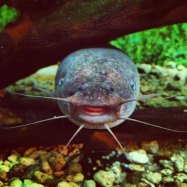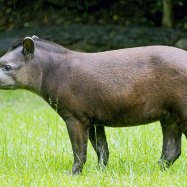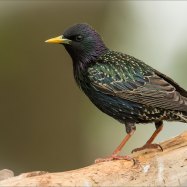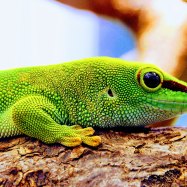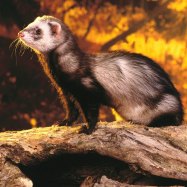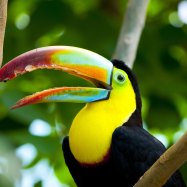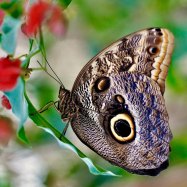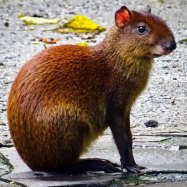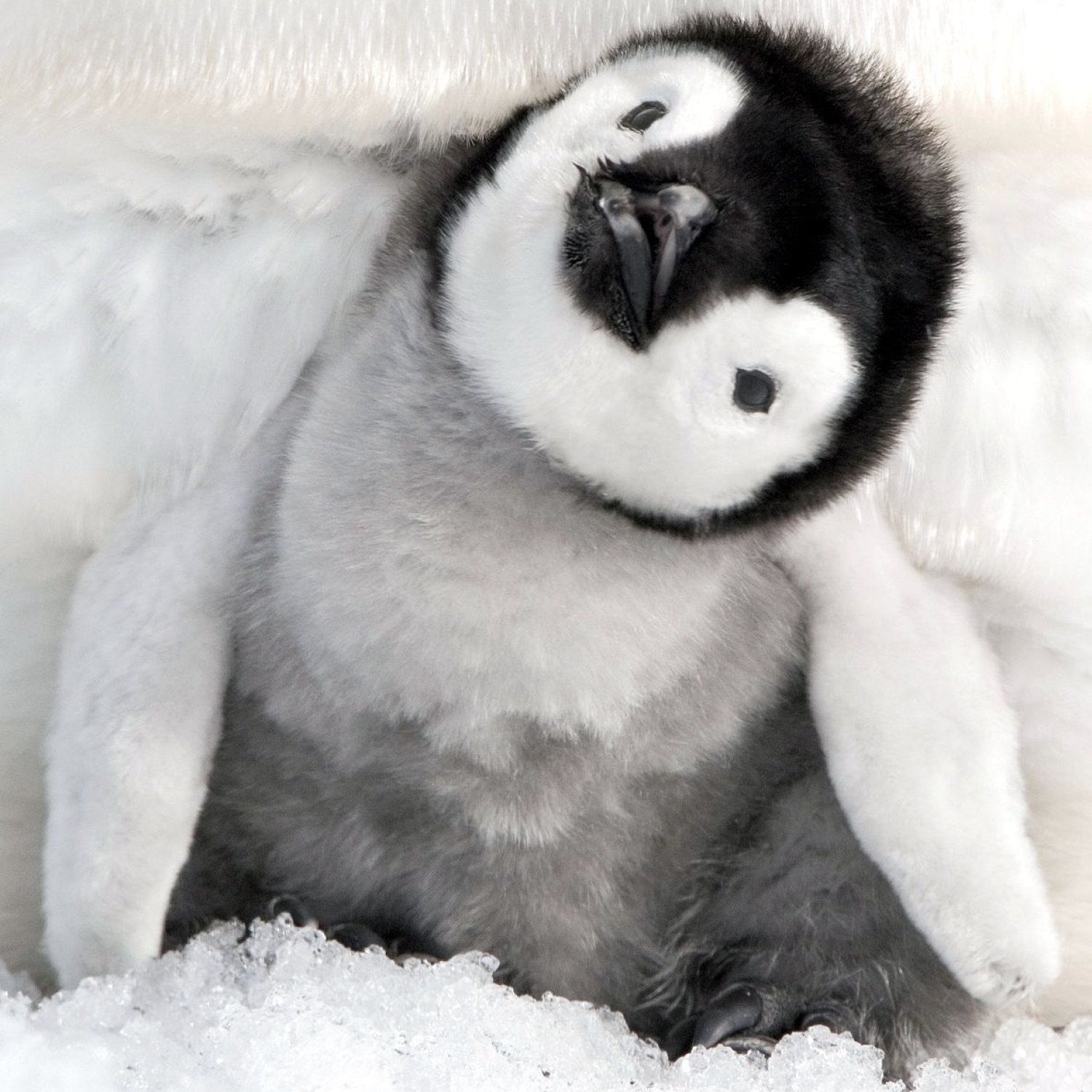
Penguin
2-4 feet
Penguins are fascinating aquatic birds found primarily in the Southern Hemisphere. They belong to the Spheniscidae family and have a torpedo-shaped body. These adorable birds can range from 2 to 4 feet in length and are known for their unique waddling walk and playful nature. With their cute black and white feathers, penguins are a favorite among animal lovers. Have you ever seen a penguin in real life? Tell us in the comments below.
Animal Details Summary:
Common Name: Penguin
Kingdom: Animalia
Habitat: Marine
The Fascinating World of Penguins
Deep in the frigid waters of Antarctica, resides one of the most beloved creatures on Earth – the penguin. These aquatic birds have captured our hearts with their waddling gait, tuxedo-like appearance, and their adorable antics. But there is more to these flightless birds than meets the eye. In this article, we will delve into the world of penguins, exploring their unique features, behavior, and their crucial role in our ecosystem Penguin.The Basics of Penguins
Penguins belong to the scientific family Spheniscidae, which is derived from the Greek word “sphen” meaning wedge and “aspid” meaning shield. This is a fitting name for these birds, as their body shape resembles a wedge or torpedo with a shield-like chest. The most common species of penguins are the Adélie, Chinstrap, Emperor, Gentoo, King, Macaroni, and the Rockhopper penguins.They are classified under the kingdom Animalia, phylum Chordata, class Aves, and order Sphenisciformes. This makes them distant cousins of other birds such as eagles, ostriches, and even chickens. However, unlike their feathered kin, penguins are uniquely adapted to their marine environment.
Habitat and Distribution
Penguins are found in the southern hemisphere, primarily in Antarctica, the Galapagos Islands, South Africa, Australia, New Zealand, and South America. Antarctica is home to the largest penguin population, with an estimated 20 million breeding pairs. These birds are highly adapted to extreme cold weather and are often found in sub-zero temperatures Pekingese.Their preferred habitat is close to the coast, where they can easily access the ocean for food. They nest on rocky cliffs, beaches, and even on top of ice sheets. Some species, such as the Adélie penguin, are known to build their nests out of pebbles and rocks. Talk about being resourceful!
Feeding Habits
Penguins are carnivorous creatures, with their diet consisting mainly of fish, krill, and squid. They are excellent hunters, using their torpedo-shaped bodies to swim at high speeds to catch their prey. Their strong flippers also help them propel through the water, while their streamlined bodies minimize drag.Interestingly, penguins have a unique way of hunting. They use a method called “porpoising”, where they leap out of the water to catch their prey. This way, they can catch fish that swim at high levels in the water column. These birds also have a special gland that filters the salt out of seawater, making it safe for them to drink.
The Importance of Penguins
Penguins play a crucial role in marine ecosystems, both as predators and prey. They are efficient hunters, keeping prey species in check and preventing overpopulation. They also provide a vital source of food for other marine animals such as seals and whales.Additionally, penguin guano (feces) is a rich source of nutrients for phytoplankton and other sea creatures. This, in turn, promotes a healthy oceanic food chain. Sadly, many penguin populations are declining due to climate change, overfishing, and pollution. This has a ripple effect on entire marine ecosystems, making the conservation of penguins a crucial task.
The Fascinating Adaptations of Penguins
Penguins have unique adaptations that enable them to survive in their harsh environment. Their feathers are tightly packed to provide insulation against the cold. These feathers are waterproof, keeping the penguins’ body dry and warm in the frigid waters. They also have a layer of fat under their skin, which acts as an extra source of insulation.The black and white coloration of penguins is not just for show. It serves a vital purpose in their survival. The black feathers on their back absorb heat from sunlight, while the white chest feathers reflect the heat away. This helps them maintain their body temperature and prevents them from overheating.
Another interesting adaptation of penguins is their ability to huddle together in large groups. This behavior helps them conserve body heat and stay warm during harsh weather conditions. They also rotate their positions within the huddle, ensuring that everyone gets a chance to warm up in the center.
Penguins and Humans
Penguins have been a source of fascination and inspiration for humans for centuries. From being featured in movies and popular culture to being a popular attraction in zoos and aquariums, these birds have captured our hearts. But with the increasing threats to their population, it is more important than ever for us to understand and appreciate these beautiful creatures.Apart from being a source of entertainment, penguins have also contributed to scientific research. Their unique adaptations have been studied by scientists to develop technologies for human use, such as efficient swimming techniques and insulation materials.
Conclusion
In conclusion, penguins are truly remarkable creatures, with their unique adaptations, behavior, and vital role in our oceans. They are a reminder of the fascinating diversity of life on our planet and the importance of preserving it. As humans, we have a responsibility to protect these waddling wonders and their fragile habitats. Let us continue to be in awe of these amazing birds and work towards their conservation for generations to come.

Penguin
Animal Details Penguin - Scientific Name: Spheniscidae
- Category: Animals P
- Scientific Name: Spheniscidae
- Common Name: Penguin
- Kingdom: Animalia
- Phylum: Chordata
- Class: Aves
- Order: Sphenisciformes
- Family: Spheniscidae
- Habitat: Marine
- Feeding Method: Carnivorous
- Geographical Distribution: Antarctica
- Country of Origin: Antarctica
- Location: Southern Hemisphere
- Animal Coloration: Black and white
- Body Shape: Torpedo-shaped
- Length: 2-4 feet
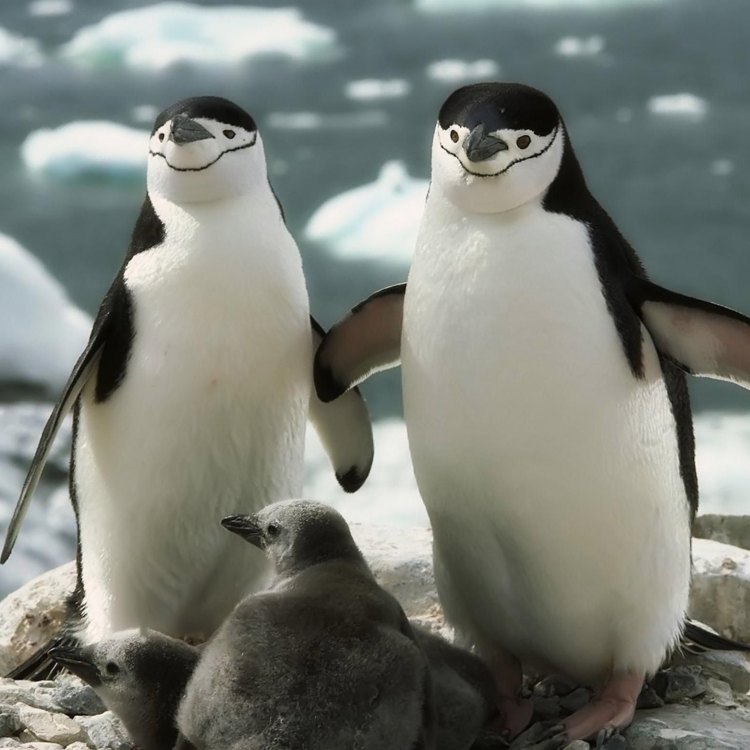
Penguin
- Adult Size: Varies by species
- Average Lifespan: 10-20 years
- Reproduction: Sexual
- Reproductive Behavior: Monogamous
- Sound or Call: Variety of calls
- Migration Pattern: Seasonal migration
- Social Groups: Colonies
- Behavior: Highly adapted for life in the water
- Threats: Climate change, habitat loss, predation
- Conservation Status: Varies by species
- Impact on Ecosystem: Keystone species
- Human Use: Ecotourism, research
- Distinctive Features: Wings modified as flippers, waterproof feathers, large colonies
- Interesting Facts: Penguins are flightless birds, they can swim up to 15 mph, they have a layer of fat to keep them warm in cold waters
- Predator: Orcas, leopard seals
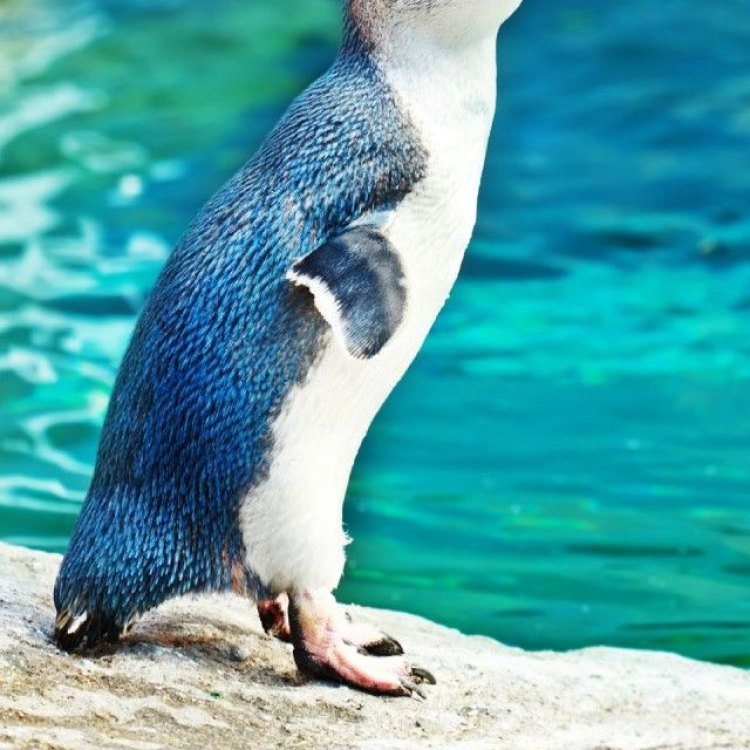
Spheniscidae
The Amazing Lives of Penguins: Beyond the Tuxedo-Clad Birds
When we think of penguins, the first image that comes to mind is often that of a cute and cuddly tuxedo-clad bird waddling around on an icy landscape. While their physical appearance may be the first thing that captures our attention, there is so much more to these fascinating creatures. From their highly adaptive behaviors to their important role in the ecosystem, penguins are truly unique animals that deserve to be explored beyond just their physical appearance. In this article, we will dive deep into the lives of penguins to uncover the hidden and intriguing aspects of their existence PeaceOfAnimals.Com.Physical Characteristics and Behavior
There are 18 different species of penguins, each with its own unique physical characteristics and adaptations. One of the most distinctive features of penguins is their wings, which have evolved into flippers that allow them to swim effortlessly through the water. These flippers are covered in waterproof feathers, enabling penguins to maintain their body temperature while diving into cold waters.
Another remarkable physical adaptation of penguins is their layer of fat, known as blubber, which keeps them warm in freezing temperatures. This layer of fat also helps them float in the water, making it easier for them to hunt and navigate through the ocean.
While penguins may seem clumsy on land, they are highly adapted for life in the water. Their streamlined bodies and webbed feet make them excellent swimmers, reaching speeds of up to 15 miles per hour. They use their wings to "fly" through the water, giving them a graceful and agile movement.
But penguins are not only expert swimmers, they are also adept at diving Petite Goldendoodle. Some species can dive up to 1,850 feet deep, holding their breath for up to 20 minutes at a time. Their uniquely shaped eyes allow them to see clearly underwater which helps them locate their prey.
Penguins form large colonies, also known as rookeries, where they live and breed. These colonies can range from a few hundred to millions of individuals, making them one of the most social and gregarious creatures in the animal kingdom. Within the colony, penguins have a strict hierarchy, with the dominant birds at the top and the subordinates at the bottom. To attract a mate and defend their territory, penguins use a variety of vocalizations such as trumpets, squawks, and brays.
Reproduction and Family Life
Penguins are monogamous, meaning they have one partner for life. This is a unique behavior among birds, and it is one of the many reasons why penguins are so fascinating. Each species has its own courtship rituals, but they all involve some form of displays and vocalizations to attract a mate.
Once a pair has bonded, they will build a nest together using rocks, feathers, and twigs. Female penguins lay one or two eggs, which the couple will take turns incubating for around 35 days. After the eggs hatch, the parents continue to take turns caring for and feeding their chicks until they are old enough to fend for themselves.
One of the most amazing aspects of penguin reproduction is their ability to survive in extreme conditions. For example, Emperor Penguins in Antarctica have been known to endure temperatures as low as -40°C while incubating their eggs. The males are the ones who stay behind to care for the eggs, while the females go out to sea to hunt for food.
Migratory and Social Behaviors
Seasonal migration is a common behavior among many species of birds, and penguins are no exception. They have a remarkable ability to find their way back to their breeding grounds even after spending months at sea. The exact reasons for their migration patterns are still a mystery, but it is believed to be related to their breeding and feeding habits.
Penguins are also known to form strong social bonds within their colonies. They exhibit a range of behaviors to communicate with one another, including vocalizations, displays, and physical contact. One of the most interesting behaviors is their practice of huddling, where they gather together in large groups to conserve body heat in extremely cold weather.
Threats and Conservation
As with many other species, penguins are facing numerous threats to their survival. The most significant threat comes from climate change, as rising temperatures and melting ice have a direct impact on their habitat and food sources. This has led to a decline in some species, such as the Adélie and Chinstrap penguins, which rely on sea ice to breed and raise their chicks.
Habitat loss is another significant concern for penguins. Human activities, such as oil spills, overfishing, and coastal development, can have a severe impact on their breeding and feeding grounds. Predation from natural predators like orcas and leopard seals also contributes to the decline of penguin populations.
To protect these unique creatures, various conservation efforts are in place. The International Union for the Conservation of Nature (IUCN) has classified five penguin species as endangered and five as vulnerable, highlighting the urgent need for action. Conservation efforts include the creation of marine protected areas, regulation of fishing practices, and monitoring of penguin populations.
Penguins as Keystone Species
Despite their small size, penguins have a significant impact on the ecosystem. They are considered a keystone species, meaning they play a vital role in their environment and have a disproportionately large effect on other species. As top predators, penguins help maintain the balance of their food webs by regulating the population of their prey. They also contribute to nutrient recycling, which has a positive impact on the health of marine ecosystems.
Human Uses and Interesting Facts
Penguins have captured the hearts of people all around the world, and their popularity has led to various uses for human enjoyment and study. Ecotourism is one of the main uses of penguins, with many people traveling to penguin colonies to observe and learn about these magnificent creatures. Research is also essential in understanding and conserving penguin populations, with scientists studying their behavior, migration patterns, and much more.
As we learn more about penguins, we continue to uncover interesting facts about these amazing birds. For example, did you know that penguins are the only warm-blooded animals that are capable of surviving in Antarctica? Also, despite their flightless nature, penguins have evolved to be excellent swimmers and divers, making them masters of their environment. Their streamlined bodies and waterproof feathers allow them to conserve energy while diving and hunting, making them some of the most efficient predators in the animal kingdom.
Predators of Penguins
Despite their amazing adaptations and techniques for survival, penguins still face threats from natural predators. Orcas, also known as killer whales, are one of the most significant predators of penguins, with multiple species of penguins being part of their diet. Leopard seals also pose a threat to penguins, primarily in locations where there is less sea ice. These predators have a crucial role in maintaining the balance of their ecosystem and preventing an increase in penguin populations, which could have negative impacts on other species.
In Conclusion
Penguins are truly remarkable creatures that have captured the imagination of people around the world. From their fascinating physical adaptations to their complex social behaviors, there is so much more to these flightless birds than meets the eye. However, with the ever-increasing threats to their survival, it is crucial that we continue to study and protect these unique animals to ensure that future generations can also marvel at their extraordinary lives.
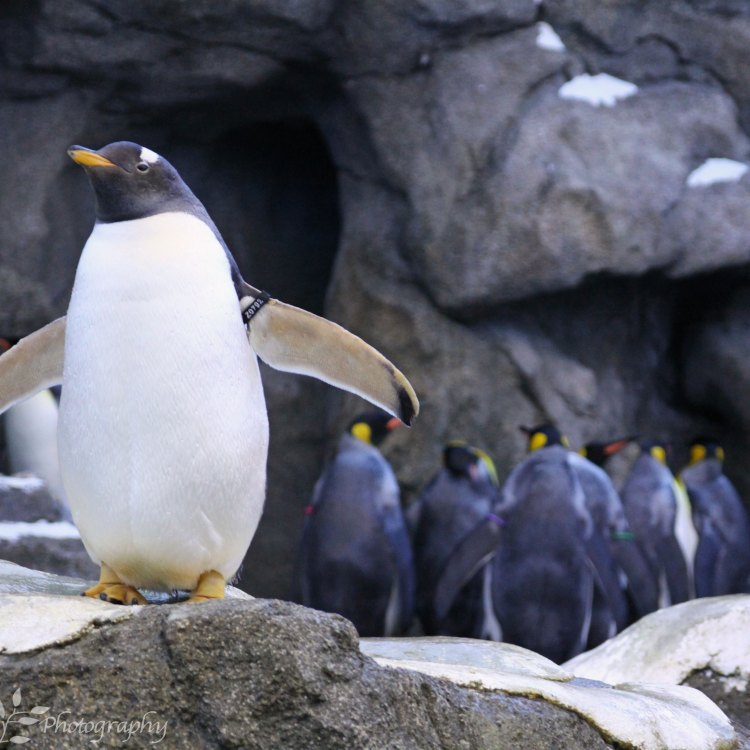
The Fascinating World of Penguins
Disclaimer: The content provided is for informational purposes only. We cannot guarantee the accuracy of the information on this page 100%. All information provided here may change without prior notice.



